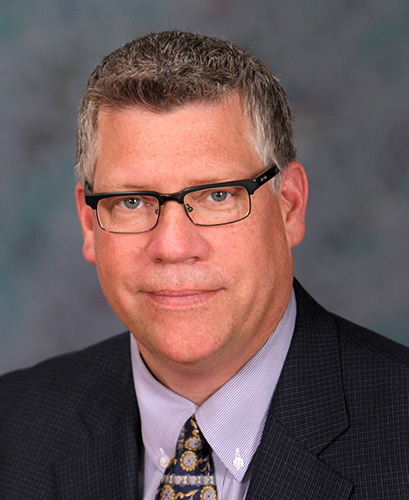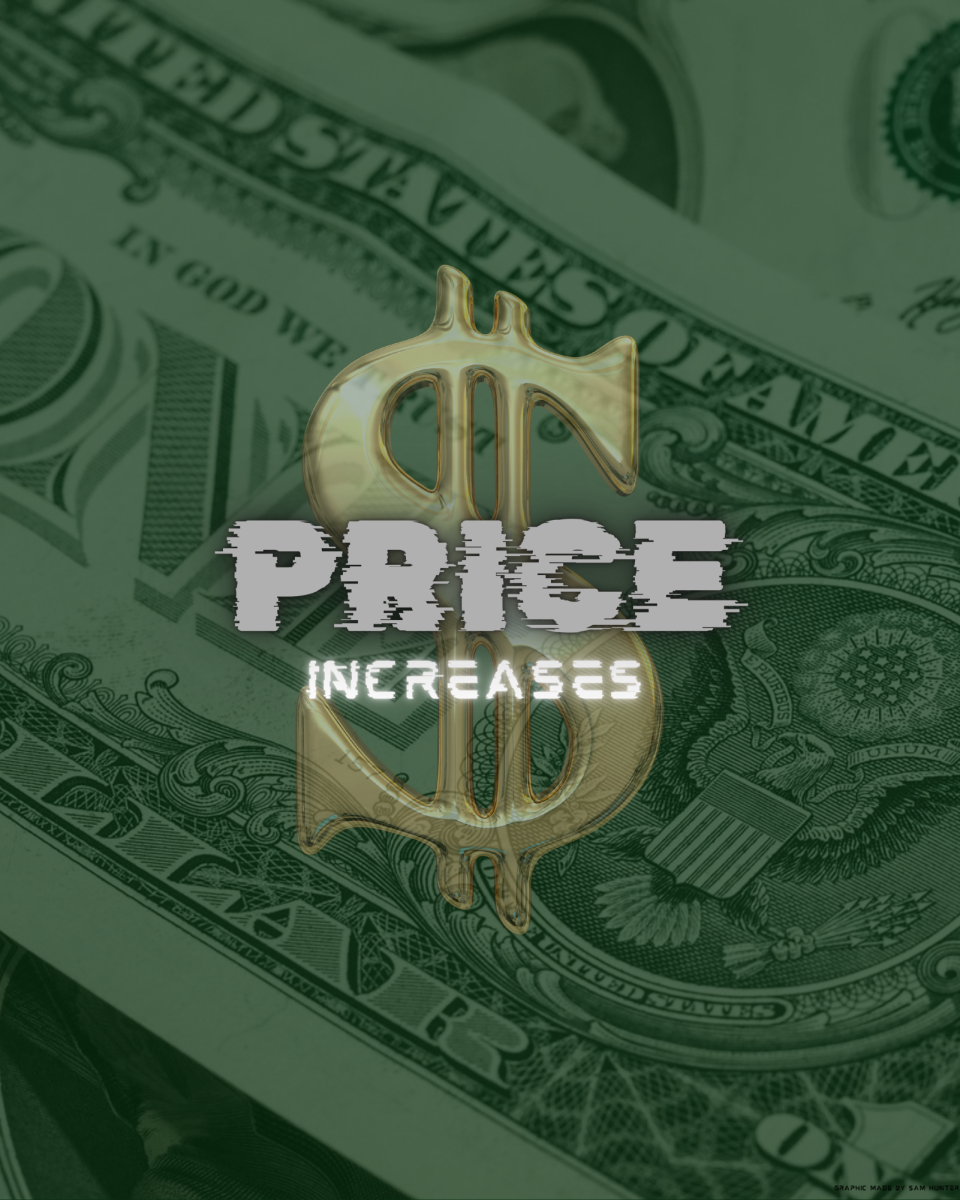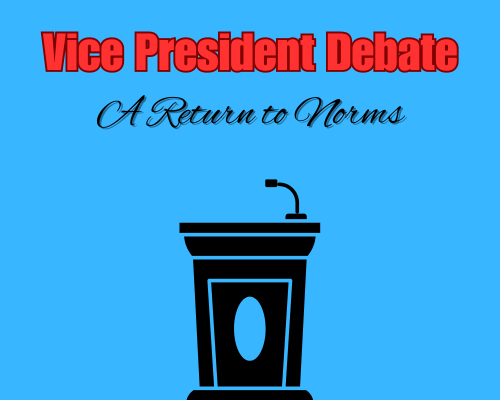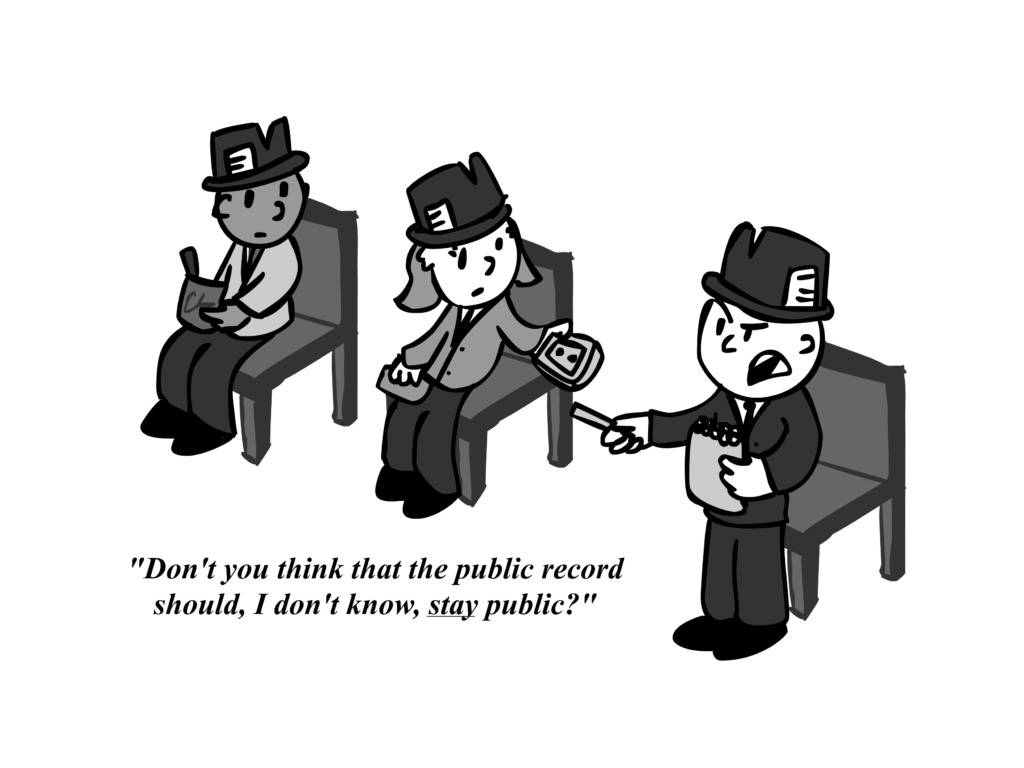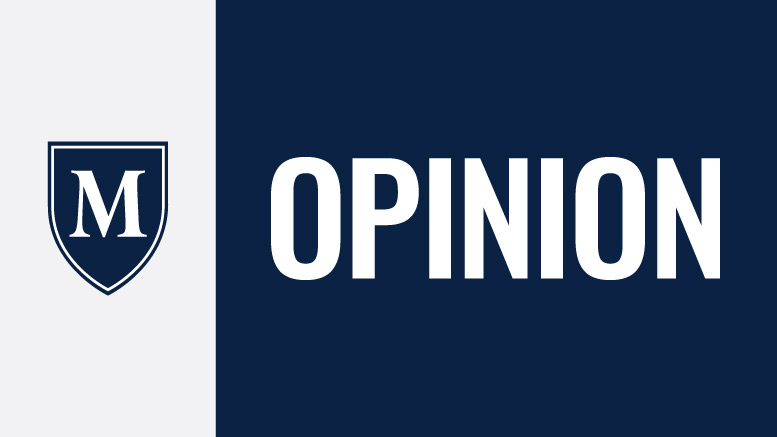There’s a rhetorical question so often repeated that it has the patina of philosophy. It’s a paradigm in which people are categorized as either seeing a proverbial glass as half-empty or half-full. The idea is that an individual is predominately optimistic or pessimistic. Things are getting better or things are getting worse.
This question is posed as if the choices are mutually exclusive. This is not profound wisdom. It is utter absurdity. There are more than two possible worldviews. For the sake of mental health, I reject the half-empty/half-full paradigm and suggest that you consider doing the same.
The half-empty/half full paradigm is consistent with a culture that seeks to label people as either this or that. Republican or Democrat. Ying or Yang. Star Trek or Star Wars. Mac or PC. Us or Them. It suggests a static state. That is, you are inherently in one camp or the other. It’s binary; you are a “one” or a “zero.”
Not so.
Here’s another idea: what if the glass contains exactly the amount it is supposed to contain in any given moment? Drink that in. Go ahead, consider it. The next paragraph will be here waiting for you. It’s OK to leave this column half-read then return to it after some reflection.
Ready?
I wonder what possibilities occur to you. Acceptance, maybe? Things are what they are. You may or may not be able to influence how much is in that glass. If you are able to influence the content of the glass, maybe you should consider whether you should. The Serenity Prayer comes to mind.
Do you realize that content is dynamic, in a state of flux? Liquid. Sometimes the cup runneth over. Sometimes all that remain are bitter dregs. Like everything else, it has cycles.
Do you consider whether having a full glass should be the objective? After all, what good is anything if the benefit of it is denied? Maybe the best approach is to empty the glass for the benefit of others and ourselves. Then, get a refill. Repeat as necessary. Turn, turn, turn. And a time to every purpose under heaven.
Finally, another question comes to mind. Just how many glasses are there? The rhetorical question is framed as seeing the glass as half-empty/half-full. Maybe the premise is faulty just like the same premise about the economy. Maybe there are lots and lots of glasses.
I suppose one could argue that 1 percent of these glasses is completely full and the rest are nearly empty. But if there are lots of glasses, maybe content isn’t so finite either. The Federal Reserve doesn’t seem to think so.
But let’s get back to the idea of the glass being “just right.”
I have evidence. You know that moment when your carefully measured proportions of coffee, creamer and sugar are exactly in balance. Then somebody does you the “favor” of warming your coffee. It was perfect but somebody assumed that it would be better if full. How about that pair of jeans that are well-worn but not yet ragged? Comfortable. How about that steak that completely meets your expectation of “medium rare?” Delicious. Consider the car that has no more payments and at least another 50,000 miles to go. Sweet! Porridge that is neither too hot or cold. Just. Right.
This may prove to be a less anxious worldview: accepting things are what they are, realizing that they are subject to change, understanding that there’s not just one glass, appreciating the present, living life absent the forced perspective of being either optimistic or pessimistic and finally, being content. It may be well to consider the glass: just right.
Column by Kevin Qualls, Professor of mass communications



























































































